Polygon develops open-source prover, allowing Ethereum chains to become ZK layer 2s
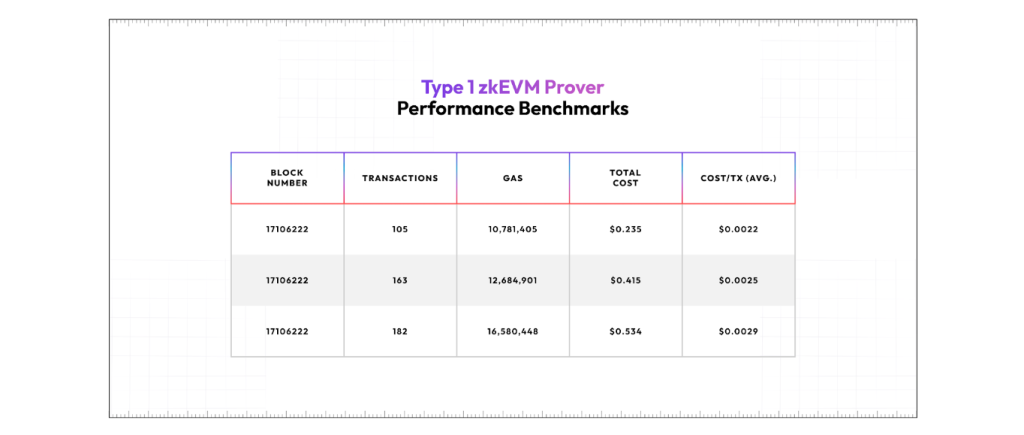
A newly developed zkEVM prover is set to allow EVM chains to become zero-knowledge proof-powered layers 2s in the Ethereum ecosystem.

Ethereum scaling protocol Polygon has developed a new Type 1 prover allowing ecosystem chains like optimistic rollups to unlock zero-knowledge proof (ZK-proofs) layer-2 functionality.
Polygon co-founder Brendan Farmer spoke exclusively to Cointelegraph after Polygon announced that its next-generation Polygon zkEVM Type 1 prover will be available as open source to Ethereum ecosystem participants.
Farmer said the development of the technology, which was built with the help of Toposware, was a year in the making and unlocks the ability to generate ZK-proofs for mainnet Ethereum blocks at an average cost of $0.002 to $0.003 per transaction. The Type 1 prover is dual licensed under MIT and Apache 2.0 and will be available on GitHub.
“A Type 1 prover is kind of the final form of a zkEVM. It allows us to take any existing chain, whether it’s the Ethereum layer 1, an optimistic rollup or an alternative L1, we can upgrade that into zkEVM L2 that can connect trustlessly to Ethereum and Polygon’s aggregation layer and participate in the Polygon ecosystem,” Farmer explained.

Farmer added that industry participants have historically suggested that a layer-1 prover is not practical and would be cost-prohibitive. However, the team has since managed to provide efficiency and cost.
“We’re proving real mainnet Ethereum blocks at an average cost of two- to three-tenths of a cent per transaction. I think that that’s orders of magnitude lower than what people were expecting.”
The development has some interesting implications for the broader Ethereum ecosystem. Farmer explained that the technology allows the generation of ZK-proofs for any Ethereum Virtual Machine (EVM) chain.
The Polygon co-founder added that the technology serves as a public good for the Ethereum ecosystem by removing the need for users and services to maintain a full node.
“Imagine a world in which we actually generate proofs for Ethereum L1, and instead of having to run a full node, you can verify a zero-knowledge proof like in your browser. And so, you’re getting full node security guarantees without actually having to run a node and deal with kind of the hassle and headache,” Farmer said.
Polygon’s announcement outlines the framework of zkEVM originally proposed by Ethereum co-founder Vitalik Buterin. These rank from 1 to 4, reflecting the level of compatibility with Ethereum and its EVM.
Related: Ethereum layer 2s will continue to have diverse approaches to scaling — Vitalik Buterin
A Type 1 prover is considered to have “the highest level of compatibility with Ethereum,” allowing the generation of proofs for EVM chains with modifications or migrations. These proofs preserve execution logic like storage structure and hash functions.
The technology will also allow optimistic rollups, popular Ethereum L2 protocols that bundle transactions off-chain and submit proofs to mainnet, to tap into the benefits of the Type 1 prover. One widely cited drawback of optimistic rollups is a seven-day period within which funds are locked up.
“We see a lot of optimistic rollups choosing to use this prover and join the Polygon ecosystem because it’s a much better user experience. If you look at the cost that users pay to use third-party bridges to avoid the seven-day withdrawal delay, it’s a tremendous cost in aggregate, like eight figures,” Farmer explained.
“Being able to avoid that and to provide a more capital-efficient solution for users is a huge advantage.”
When questioned why Polygon opted to make the technology open source, Farmer said that making the technology available to the wider ecosystem was in line with the “ethos” of Ethereum.
“Our view is that if you want to look at who’s aligned with Ethereum, look at what they do, not what they say. We think that this is a huge public good, and it’s something that should be open source and should be available to anyone,” Farmer said.
Cointelegraph also spoke to Polygon co-founder Jordi Baylina in December 2023, who outlined the layer 2’s goal of amalgamating its scaling networks and technology to complete its “Polygon 2.0” cross-chain coordination protocol in 2024.

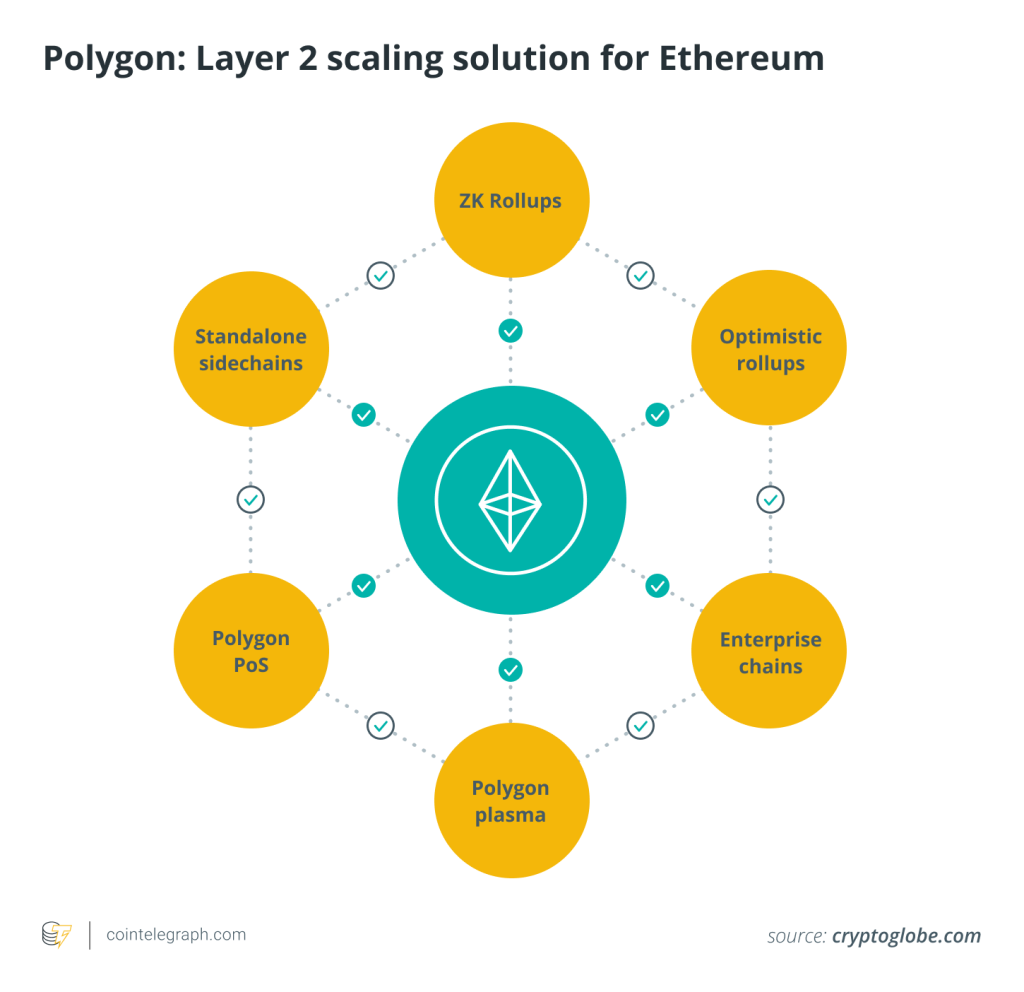
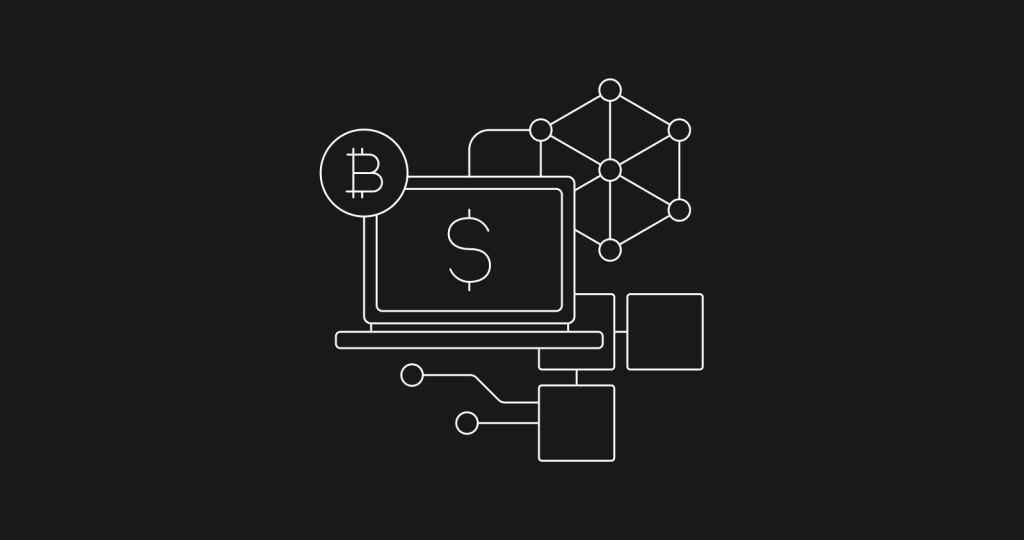
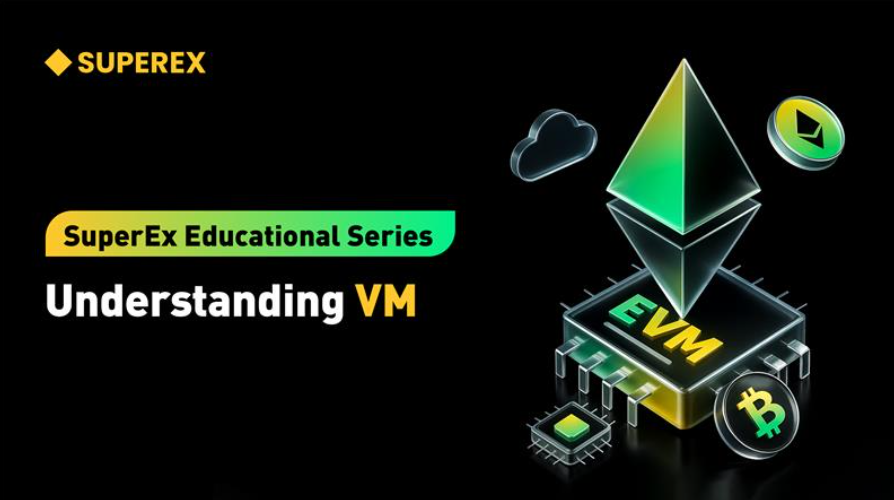
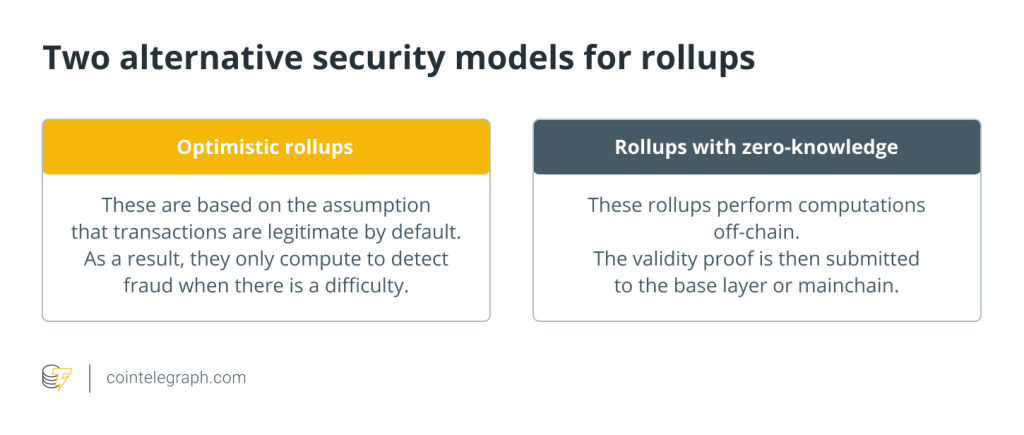
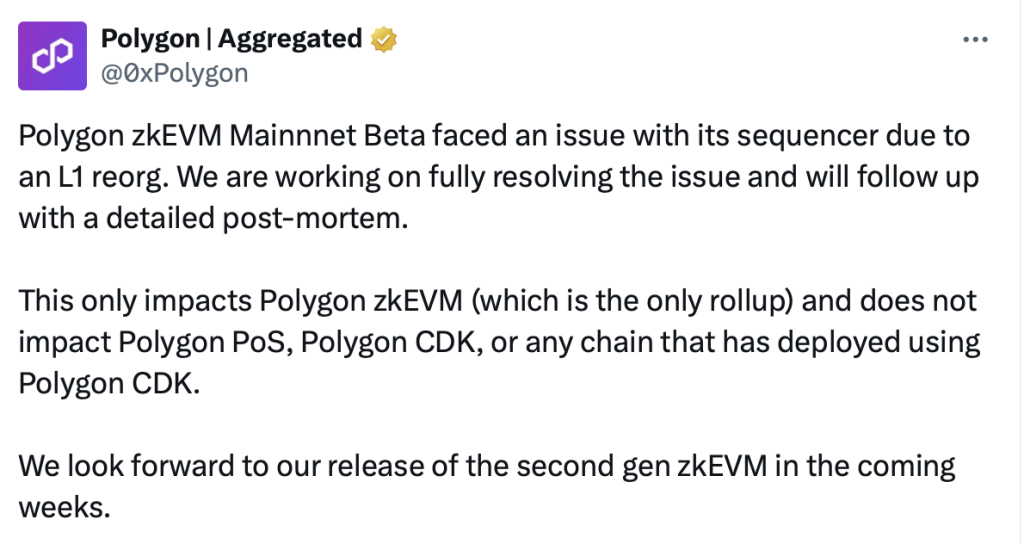
… [Trackback]
[…] Find More Info here to that Topic: x.superex.com/news/blockchain/4254/ […]
… [Trackback]
[…] Find More to that Topic: x.superex.com/news/blockchain/4254/ […]
… [Trackback]
[…] Find More here to that Topic: x.superex.com/news/blockchain/4254/ […]
… [Trackback]
[…] Find More Info here on that Topic: x.superex.com/news/blockchain/4254/ […]
… [Trackback]
[…] Read More to that Topic: x.superex.com/news/blockchain/4254/ […]
… [Trackback]
[…] Read More to that Topic: x.superex.com/news/blockchain/4254/ […]
… [Trackback]
[…] Find More on that Topic: x.superex.com/news/blockchain/4254/ […]
… [Trackback]
[…] Read More Info here on that Topic: x.superex.com/news/blockchain/4254/ […]
… [Trackback]
[…] Read More to that Topic: x.superex.com/news/blockchain/4254/ […]
… [Trackback]
[…] Info on that Topic: x.superex.com/news/blockchain/4254/ […]
… [Trackback]
[…] Find More here on that Topic: x.superex.com/news/blockchain/4254/ […]
… [Trackback]
[…] Info to that Topic: x.superex.com/news/blockchain/4254/ […]
… [Trackback]
[…] Find More on that Topic: x.superex.com/news/blockchain/4254/ […]
… [Trackback]
[…] Read More here on that Topic: x.superex.com/news/blockchain/4254/ […]
… [Trackback]
[…] Find More Information here on that Topic: x.superex.com/news/blockchain/4254/ […]
… [Trackback]
[…] Information to that Topic: x.superex.com/news/blockchain/4254/ […]
… [Trackback]
[…] Read More here to that Topic: x.superex.com/news/blockchain/4254/ […]
… [Trackback]
[…] Information to that Topic: x.superex.com/news/blockchain/4254/ […]
… [Trackback]
[…] Read More Info here to that Topic: x.superex.com/news/blockchain/4254/ […]
… [Trackback]
[…] Read More Information here on that Topic: x.superex.com/news/blockchain/4254/ […]
… [Trackback]
[…] Here you can find 46008 more Information on that Topic: x.superex.com/news/blockchain/4254/ […]
… [Trackback]
[…] Read More here to that Topic: x.superex.com/news/blockchain/4254/ […]